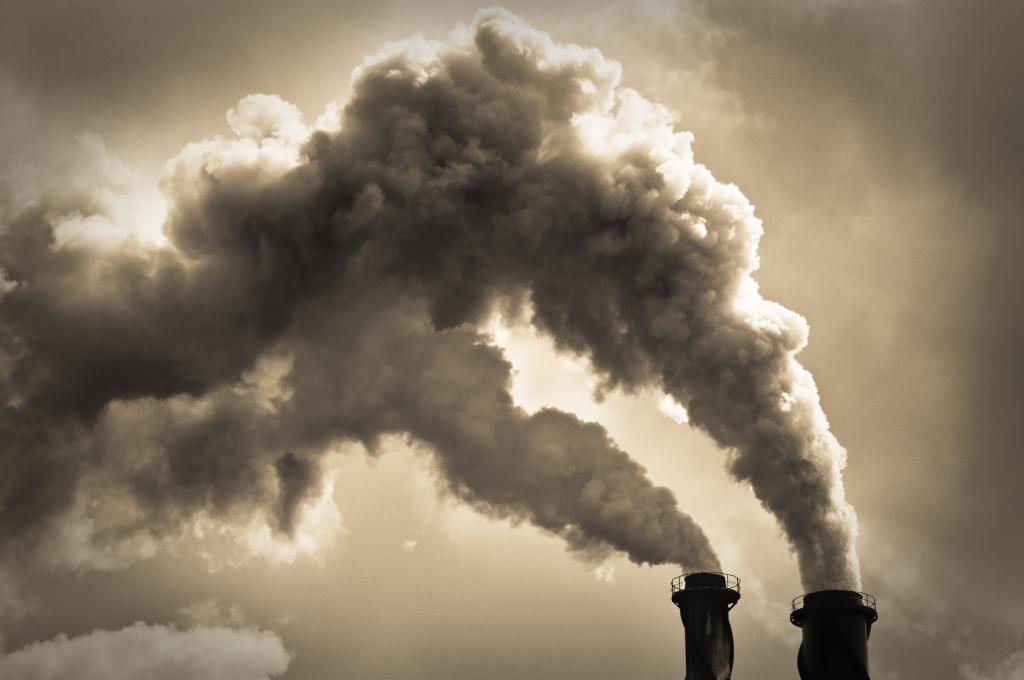In the field of international law, addressing the problem of climate change was initially almost exclusively a question of reducing greenhouse gas emissions. The “ultimate objective” of the UN Framework Convention on Climate Change (UNFCCC), as stipulated in its Article 2, is “stabilisation of greenhouse gas concentrations in the atmosphere at a level that would prevent dangerous anthropogenic interference with the climate system”.
The Kyoto Protocol under the UNFCCC adopted a top-down approach, requiring a certain category of states – namely those listed in Annex I of the UNFCCC, or the developed states as identified in 1992 at the time of its signing – to limit their emissions by a set overall amount. A downside of such an approach is that only a small portion of the world’s states have hard commitments towards climate change mitigation. In addition, these states can choose not to make further commitments (as New Zealand, Japan and Russia did) to withdraw from the Protocol (as Canada did) or simply never ratify in the first place (as the US did).
Today, there is broad consensus that addressing climate change goes far beyond reducing greenhouse gas emissions and moreover, cannot be achieved without widespread commitment. The Paris Agreement, which was negotiated at the 21st Conference of the Parties (COP) to the UNFCCC in 2015 and came into force in November 2016, covers not only mitigation but also adaptation and financing. Unlike the Kyoto Protocol, the Paris Agreement adopts a bottom-up approach, requiring all state parties to submit country reports – so-called nationally determined contributions (NDCs) – outlining their commitments. The Paris Agreement approach is grounded on maximum participation and engagement, transparency, review, and progress with each subsequent country report. There are, however, no hard substantial obligations on any state.
The shift from a top-down to a bottom-up approach reflects and underscores the rising complexity of climate change as a problem. NDCs cover not only emissions reductions, but also adaptation and financing, focusing on various sectors including technology, agriculture, energy, but also human rights, migration, and any issues a particular state deems particularly relevant.
The fact that climate change is a super wicked problem means that there is no single path to tackling it. The UNFCCC is heading for its 25th COP meeting in Santiago in December 2019, while the Intergovernmental Panel on Climate Change (IPCC) is working on its sixth assessment report due to come out in 2022. While the international legal regime remains centred on states as the primary duty bearers, non-state actors are increasingly taking up positions in the climate change debate. These actors include cities, youth groups, human rights groups and indigenous groups, just to name a few.
The future of climate change action is a future of enormous diversity implicating every sector and discipline, states and non-state actors. It is also a future of great opportunity in the multitude of potential solutions.
Keywords: international law, Centre for International Environmental Studies



